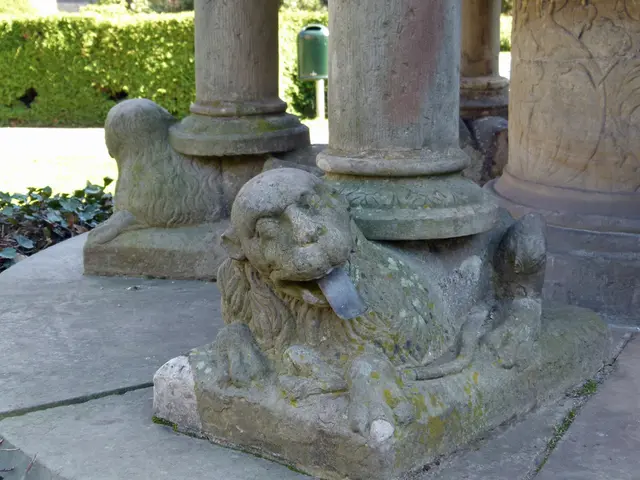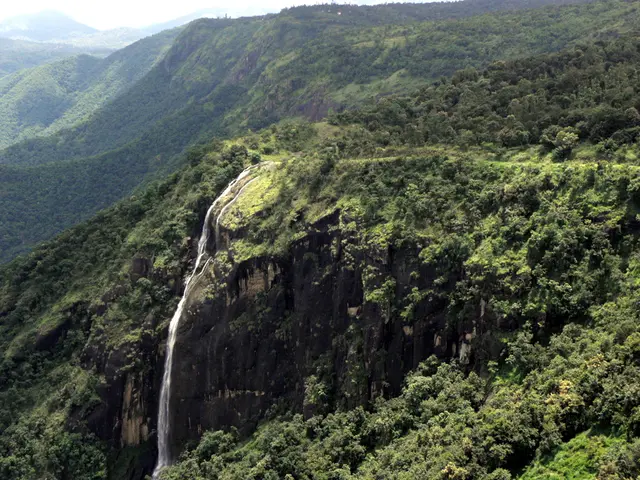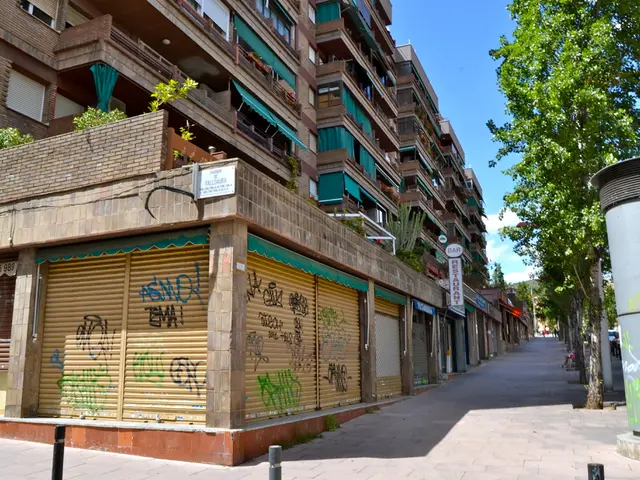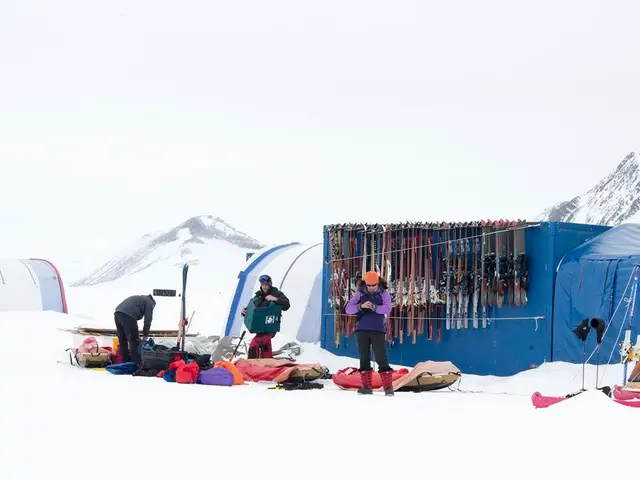Record-breaking museum attendance during longest bridge span: 110,000 opt for Egyptian cultural sites
Partying less, learning more, in Turin's unconventional tourism boom
Weekends lately have been bustling with visitors flocking to museums, hotels, and eateries, while nightlife spots seem to be missing their usual crowd. This unusual behaviors stem from a unique combination of factors, celebrating the longest bridge holiday of the year and commemorating the city's 80th anniversary of Liberation and Labor Day.
"Turin turned into a tourist hub these past two weeks," declares Federico Nasi of Epat Ascom, the association of public establishments. Tourists dropped by for brief stays, usually during weekends, resulting in an alternating scene of sold-out establishments and low-attendance days in restaurants and hotels during the workweek.
When it comes to profit margins, both accommodations and eateries maintained steady revenue compared to the same festive days last year, according to Fabio Borio, president of Federalberghi.
However, nightclubs have noticed a staggering 25-30% decrease in patrons, as many students moved out of town during the celebrations. "We are content across the board," says Giancarlo Banchieri, president of Confesercenti. "This is further evidence that Turin is highly regarded as one of the world's most significant art cities." Banchieri highlights the digital Shroud exhibition in Piazza Castello, which wrapped up during these two weeks.
While it's hard to compare restaurant and hotel statistics, data from cultural sites is crystal clear. The Egyptian Museum upped its record with over 110,000 visitors between April 19 and May 4, far surpassing a 15-day record. During the previous long Easter weekend, the museum counted 23,532 visitors, but that pales in comparison to the massive influx this time around. The peak visitation days were two Saturdays, April 26 and May 3, with nearly 9,000 visitors each.
The Cinema Museum also welcomed over 60,000 visitors between April 18 and May 4, averaging 3,500 visitors per day, effectively selling out every day. Many of these guests hailed from southern regions of Italy, France, and Spain. "We sold nearly all online tickets by early April," share Enzo Ghigo and Carlo Chatrian, president and director of the Mole museum, respectively. "We reached our maximum allowed capacity."
Royal Museums registered over 64,000 visitors during the same period, with Mario Turetta, delegate director of the Royal Museums, applauding the cultural offer. Visitors packed Venaria Reale, with over 63,000 paying ticket holders in two weeks. According to Michele Briamonte and Chiara Teolato, president and director of the Consorzio delle Residenze Reali Sabaude, these figures are "unprecedented."
Boasting nearly 28,000 ticket sales, the Museo dell'Auto and Centro Storico Fiat, located outside the city center, attracted more than double the number of visitors compared to the same period last year. GAM, MAO, and Palazzo Madama under the Fondazione Torino Musei also counted over 43,000 visitors.
This surge in museum visits likely stems from the combination of cultural events, accessible tourist attractions, and the overall festive atmosphere. As a result, evenings out in restaurants seem to have replaced late-night partying at nightclubs. This shift toward a more enlightening, family-friendly tourism experience may mark a shift in the preferences of tourists and locals alike.
"The surge in museum visits and alternating scene in restaurants indicate a change in Turin's tourism, with an average lifestyle leaning more towards cultural immersion and home-and-garden experiences rather than nightlife, reflecting a shift towards family-friendly travels."
"During the recent celebrations, the decrease in nightclub patrons contrasts the increased attendance at museums, suggesting that Turin's average lifestyle preferences might be transitioning from a party scene to a more educational and tranquil home-and-garden and travel-oriented approach."




